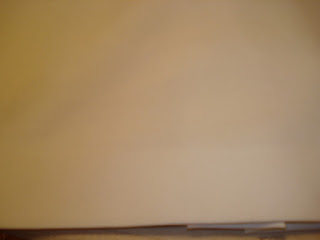The vest in this post is different from any other vest I've ever made. It is Kwik Sew 3717


That's all there is to it. One piece not counting the belt.
There was no suggestion as to what fabric to use so I had to experiment.
I used a medium weight knit....
a quilted denim...
and a faux suede.
The collar of the knit fabric was floppy so I lined the vest with a plaid Ponte knit which helped. I also used the plaid as armhole facings.
The armholes were too big and roomy
so I filled them in like this.
This was my muslin and I can't really wear it like this but that's OK.
For the quilted denim vest I drew the armscye to be 21" on my pattern and that was a good size for me.
Because this fabric was stiff, I cut off about two inches from the top or collar section of the pattern so the collar wouldn't be so high.I just simply started at about chest height and gradually cut as I went around the curve and straight across the top.
The sides of the vest stuck out a lot so I straightened the sides by sewing a seam (on each side) which cut off two" at the bottom and ended with a 1/4 inch seam at the top (or under the armhole).This reduced the flare by four inches on each side.
Then I did the same thing at center back to take off another four inches. That worked out just right.
I finished the entire vest and the armholes with fold over tape.I added pockets, toggle buttons and buttonholes for a very unique style of this Kwik Sew pattern.
For the faux suede vest, I decided to double it (or self line it). That was not an easy process becuse it was very important that both sides be exact and that each stay put and hang as one.
I decided to cut the two layers at the same time but to wait before cutting out the armhloes until I had the outsides sewn together and then turned to the right side and pressed . I then cut out the armhholes together after making certain that the two sides were exactly smooth. I pinned and basted together and then I used a bias binding to finish .
To tame the flare this time, I added a casing and inserted elastic. That worked beautifully.
I had lots of fun trying out these samples. I hope my Sewing Group will want to try one.
Why don't you make one? Try downloading a copy of this pattern like I did. Very convenient !
Happy Sewing from


















































